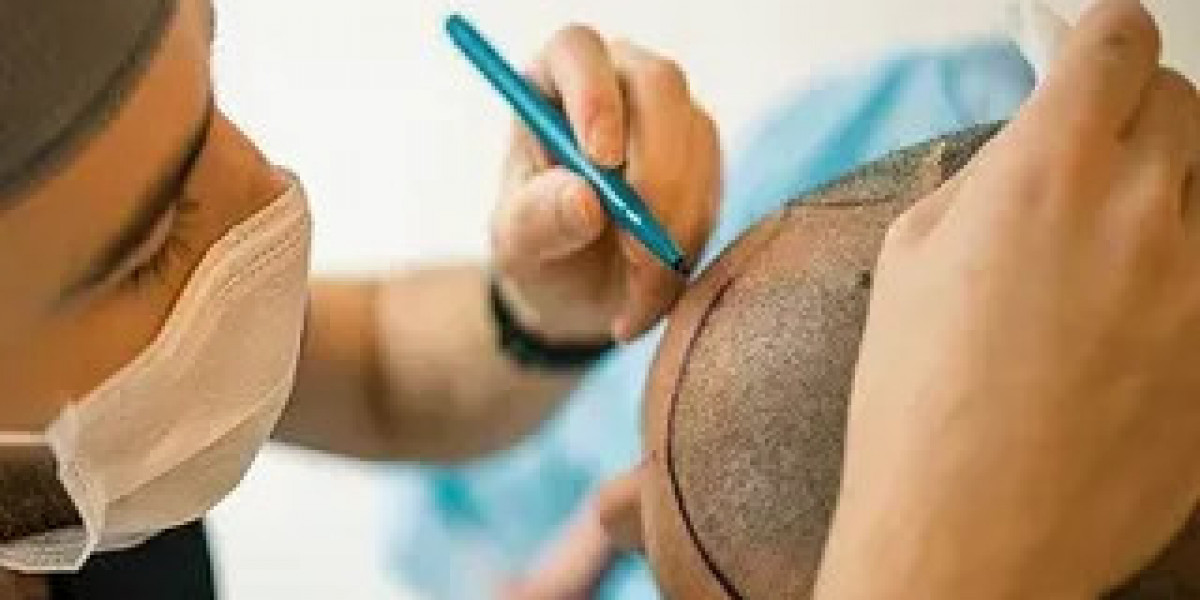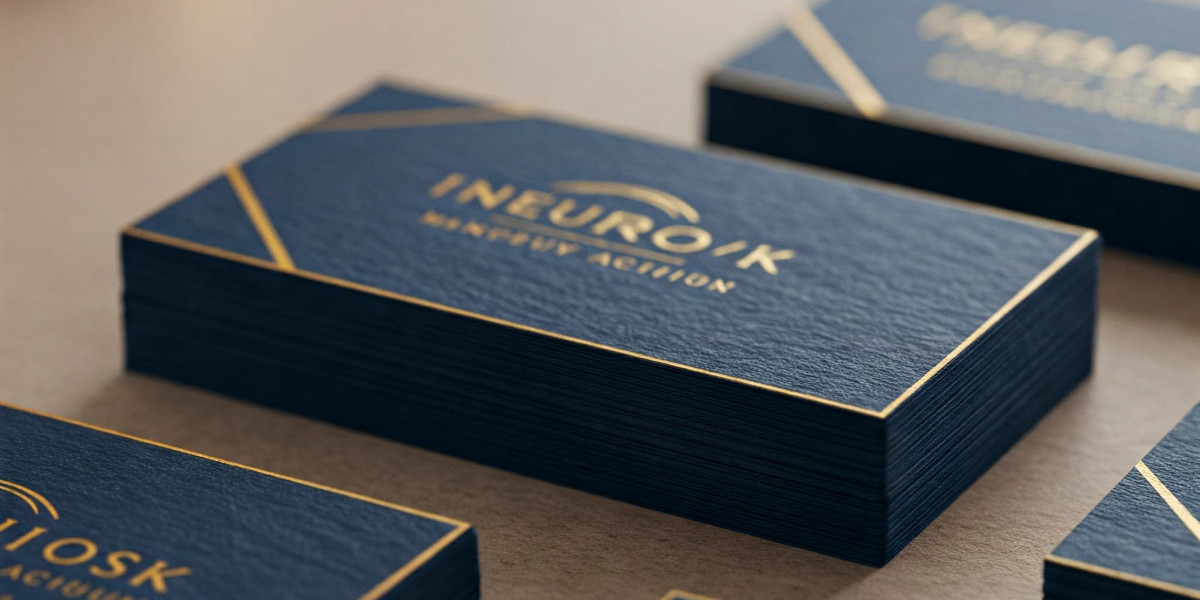Hair loss is a common concern affecting millions worldwide, including many in Islamabad. When it comes to restoring a natural-looking, fuller head of hair, Hair Transplant in Islamabad has become a sought-after solution. One of the crucial aspects that patients often want to understand is hair transplant density—how thick and natural the transplanted hair will look.
In this article, we will explore what hair transplant density means, factors influencing it, how experts in Islamabad approach it, and what patients can realistically expect from their procedure.
What is Hair Transplant Density?
Hair transplant density refers to the number of hair follicles transplanted per square centimeter in the recipient area. It is a critical factor that determines the visual fullness and natural appearance of the hair after the transplant.
Higher density means more hair follicles per square centimeter, resulting in a thicker appearance. However, density is not just about numbers; it involves artistry, technique, and respecting the donor area's limitations to avoid overharvesting.
Why is Hair Transplant Density Important?
Achieving the right density is key for several reasons:
Natural Look: Too low density results in sparse hair, which is noticeable and less satisfying.
Hairline Design: The front hairline requires lower density to mimic natural hair patterns, while the mid-scalp and crown may have higher density.
Donor Area Preservation: Overharvesting can lead to thinning in the donor area, making future procedures difficult.
Long-Term Results: Proper density ensures that the transplanted hair grows well and blends seamlessly with existing hair.
Factors Influencing Hair Transplant Density
Several factors affect how much density can be safely achieved during a transplant:
1. Donor Hair Availability
The density and quality of hair in the donor area (usually the back and sides of the scalp) set the limit on how many follicles can be transplanted. People with thick, healthy donor hair can achieve higher density.
2. Hair Characteristics
Hair texture, color, curliness, and thickness influence the visual perception of density. For example, curly or thicker hair gives the appearance of more volume than straight, fine hair.
3. Surgeon Expertise and Technique
Experienced surgeons in Islamabad use advanced techniques such as Follicular Unit Extraction (FUE) or Follicular Unit Transplantation (FUT) to maximize density without compromising donor area health.
4. Scalp Laxity and Blood Supply
The scalp's ability to accommodate transplanted grafts and maintain healthy blood supply affects how densely follicles can be placed.
Hair Transplant Techniques and Density
The two most common hair transplant techniques used in Islamabad are:
FUE (Follicular Unit Extraction): Individual follicular units are harvested and transplanted. This method allows for precise placement and natural density but may require multiple sessions for very high density.
FUT (Follicular Unit Transplantation): A strip of scalp is removed from the donor area and dissected into follicular units. This method can yield a large number of grafts in one session, allowing for higher density but leaves a linear scar.
What Density Can You Expect?
Generally, the natural hair density on the scalp ranges from 80 to 120 follicular units per square centimeter. During a hair transplant, surgeons aim for a density of around 30 to 50 grafts per square centimeter in the recipient area. This strikes a balance between a natural look and preserving donor hair.
Some advanced clinics in Islamabad use techniques like dense packing to achieve higher densities, but this depends on donor availability and patient-specific factors.
What to Expect After Your Hair Transplant in Islamabad?
Initial Shedding: Transplanted hair may shed within the first few weeks; this is normal.
New Growth: New hair starts growing around 3 to 4 months post-procedure, gradually thickening over a year.
Final Density: Full results in terms of density and naturalness are usually visible after 9 to 12 months.
Choosing the Right Clinic in Islamabad
When considering Hair Transplant in Islamabad, selecting an experienced clinic is vital. Look for:
Qualified surgeons with proven results
Advanced technology and hygienic facilities
Personalized treatment plans considering your hair type and goals
Transparent pricing and aftercare support
FAQs About Hair Transplant Density in Islamabad
Q: Can I get maximum density in a single session?
A: It depends on donor hair availability and scalp condition. Sometimes multiple sessions are recommended.
Q: Does higher density increase the risk of damage?
A: Overpacking follicles can harm blood supply, so expert judgment is essential.
Q: How long does the transplanted hair last?
A: Transplanted hair is usually permanent, as donor follicles are resistant to hair loss.
Conclusion
Understanding hair transplant density is crucial for setting realistic expectations when considering Hair Transplant in Islamabad. With the right expertise and techniques, you can achieve a natural, fuller look that boosts confidence.










